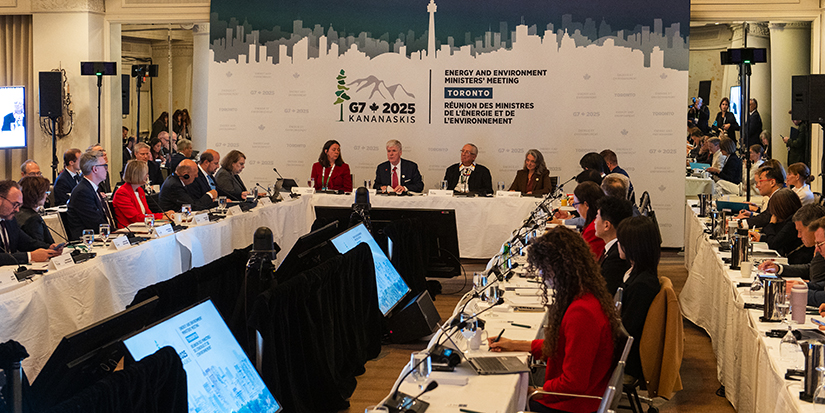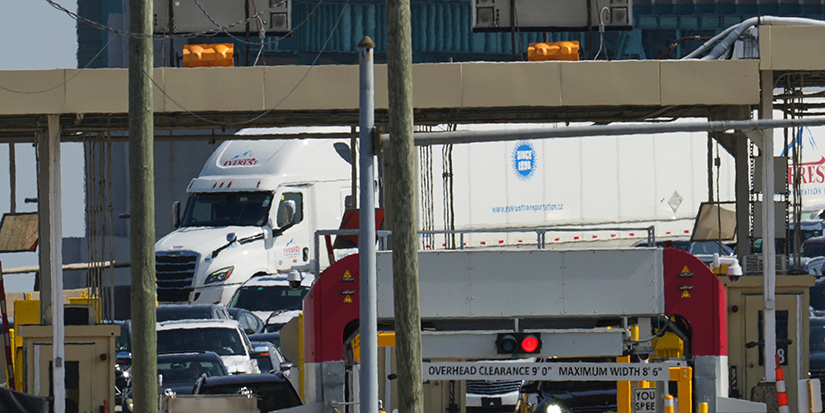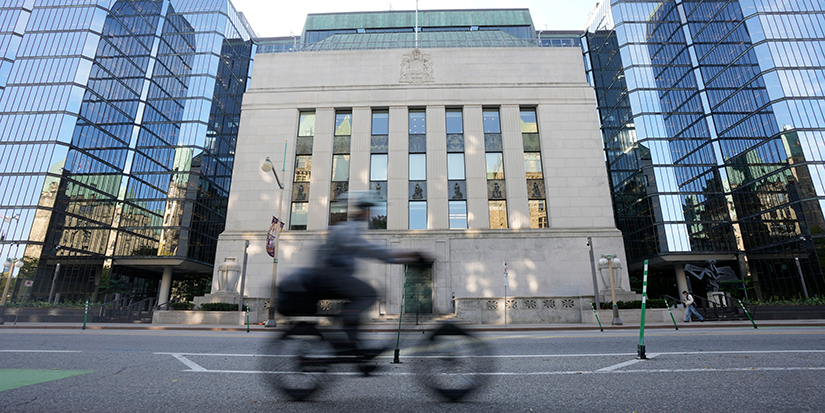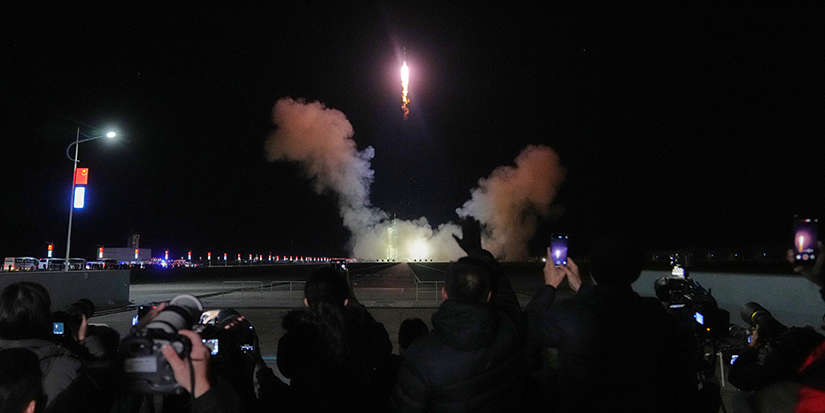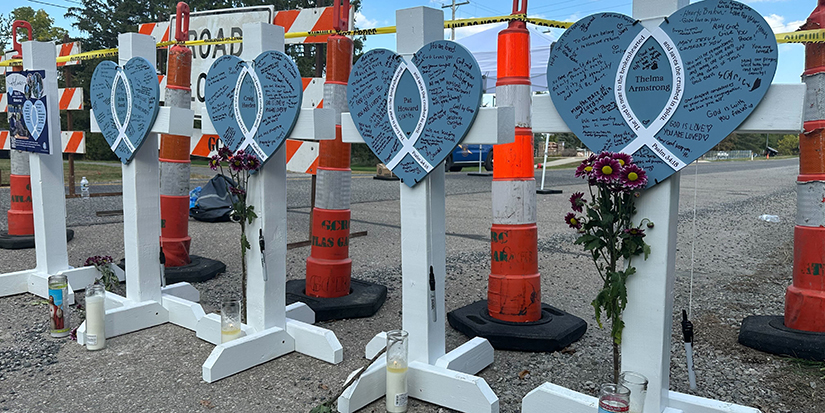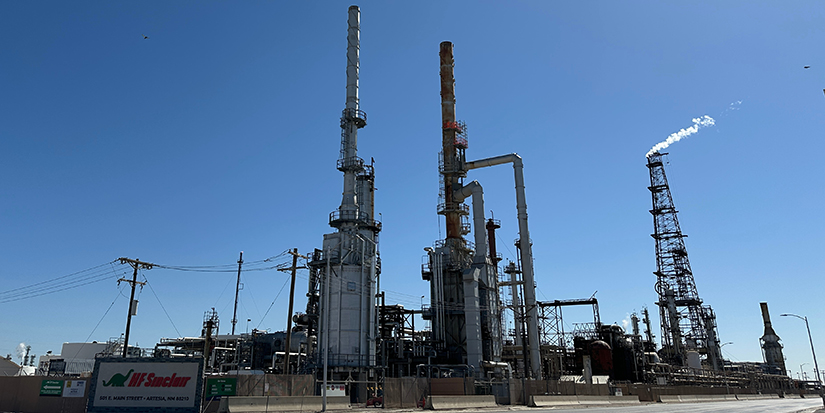Latest News
What about the dikes?

Published 12:06 PDT, Thu October 14, 2021
—
“What about the dikes?” is a common question I hear in Richmond. We live, work and play one metre above mean sea level. Our lives, homes and businesses are protected by 49 km of dikes and 39 pump stations fed by 585 km of drainage pipe, 61 km of box culverts and 165 km of watercourses.
Two years ago, Council approved the Flood Protection Management Strategy, a comprehensive approach to flood protection, involving many city departments including Engineering, Finance, Policy Planning, Building Approvals, Development Applications, Facilities Divisions, Emergency & Environmental Programs.
Protecting the people, homes and businesses of Richmond is a serious investment, the order of magnitude is about $1 to 2 billion with many stakeholders, such as the City of New Westminster, federal Department of Fisheries and Oceans, Agricultural Land Commission and others.
Due to climate change, the Intergovernmental Panel on Climate Change (IPCC) estimates a one metre sea level rise by 2100. At the same time, Richmond is slowly settling and sinking at approximately 2mm per year. This is why we are raising the dikes to 4.7 metres by 2100. Council is currently considering moving this target date forward, evaluating the costs and ensuring that those costs are shared with the appropriate levels of government and the private sector.
There are two ways dikes can be breached: water flowing over or water flowing through. The design of Richmond’s dikes takes into consideration the mighty Fraser River, seismic risk, and the environment and animal habitats that interface with them.
Our 39 pump stations keep the water out at high tides and during heavy rain events. We upgrade and replace two pumps per year; spreading out the cost while reducing the overall risk and impact of a failure in the pumps.
As average sea level rises, it is important to keep Richmond above mean sea level. We have a plan to raise the average grade of land within the dikes by requiring new homes to be built higher and permitting farms to raise their land with good soil.
The level of the dikes keep water from going over them and the strength of the dikes prevents the water from going through them. Erosion from the fast moving Fraser is mitigated by installing rip-rap, the huge rocks you see alongside the south dike and elsewhere. Erosion from burrowing animals is mitigated by safe relocation, and erosion from plants is stopped by removing the trees along the dike. While trees are beautiful, the expanding root systems can be catastrophic to the structural integrity of dikes. That is why trees are no longer planted on dikes. Trees removed for safety reasons are replaced by at least two more in more suitable places in Richmond.
Council continues to work to make this efficient and affordable for Richmond taxpayers.
For more information, visit: www.richmond.ca/services/rdws/dikes.htm.


















